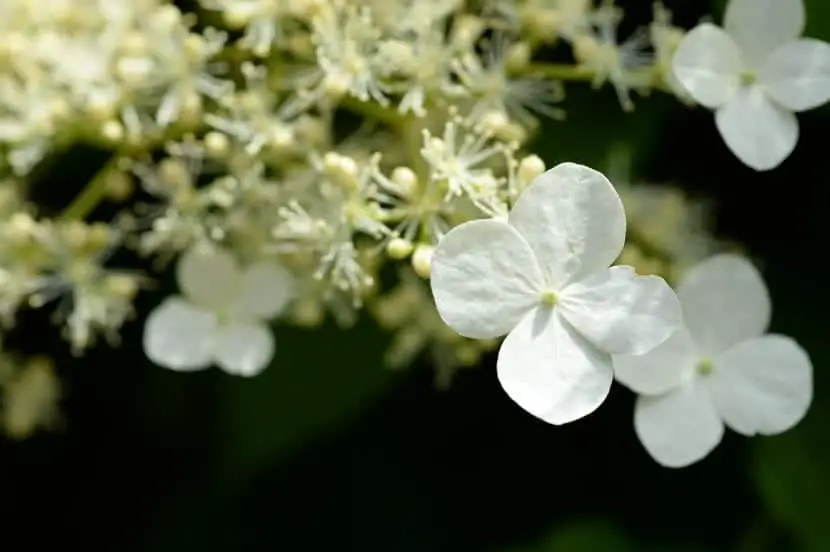
Our hydrangeas they are shrubs of singular beauty. They bloom in such a way that the flowers cover almost the entire plant, something they do during spring and summer. But while we might think that they are very easy to care for, the reality is that this is not always the case. They have some requirements that must be met so that they can grow and develop without difficulties, to prevent problems from arising, which I am going to tell you about below.
Find out what the hydrangea problems and how to fix them.
Chlorosis

Chlorosis appears when roots cannot absorb iron or magnesium from the ground or substrate, which causes rapid yellowing of the leaves (except the veins, which become visible). It is one of the most common problems when grown in fields or pots whose soil has a high pH (greater than 6).
This is the treatment:
- Water with acidic water. If the one in your area has a lot of lime, add the liquid of half a lemon to 1l of water.
- Use substrates for acidophilic plants.
- Remove chlorotic leaves (they will not turn green again).
Fallen leaves, like limp
When that happens it can be for several reasons:
- Lack of irrigation: During spring and summer it must be watered frequently, avoiding letting the substrate dry out.
- The direct sun gives it: the leaves can get burned if they are exposed to the star king. Always put it in semi-shade.
- It’s inside: unfortunately, it is not adapted to the conditions of the home. Lack of light and ventilation can cause you many problems.
Does not bloom

You buy yourself a beautiful plant full of flowers, but you can only enjoy them during that year. Why? Because it turns out that to flower again you have to fertilize it during the warm months with acidic plant fertilizer, and you also have to prune it in mid-autumn. How? So:
- Of the stems that have not flowered, you should count two buds from the top and make a beveled cut on the last one.
- From the stems that did bloom, you have to count two buds from the ground and cut off the latter.
With these tips, your hydrangea will not have problems again.

